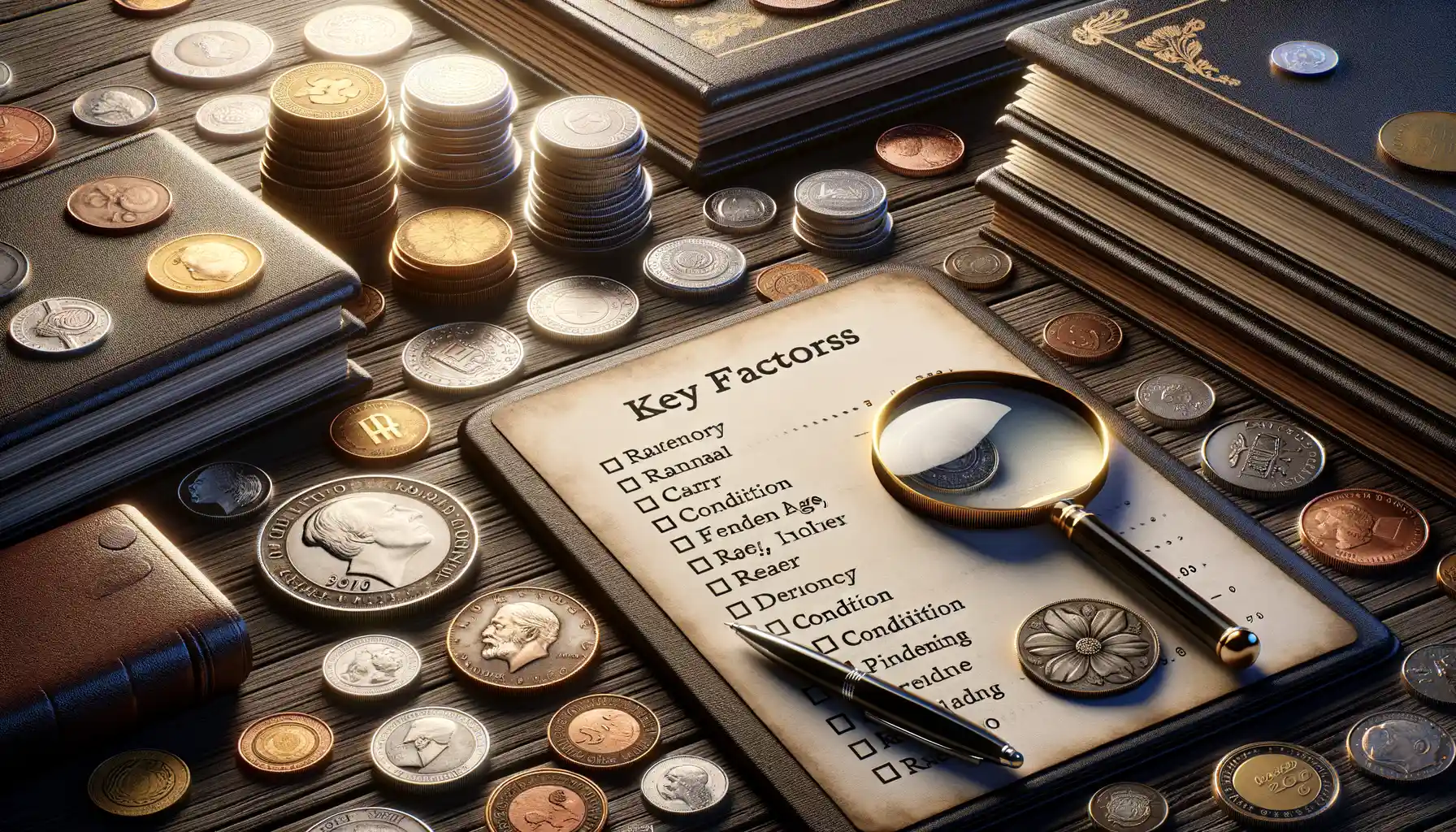Benefits of a Diversified Coin Portfolio
Why Variety Is the Secret Sauce in Coin Investing
Imagine putting all your eggs in one basket… and watching that basket teeter on the edge of a cliff. Terrifying, right? That’s exactly the risk you take when you invest in just one type of coin. A diversified portfolio, on the other hand, acts like a safety net, catching you when unexpected dips inevitably show up.
Here’s the magic behind diversification:
- Risk Reduction: If one coin stumbles, others may step up and balance out your losses. Think of it as having multiple lifeboats in a stormy sea.
- Broader Exposure: By holding coins from various sectors—DeFi, gaming, or even privacy-focused—you give yourself a front-row seat to different trends.
- Upside Potential: While some coins may hold steady, others could skyrocket, bringing surprise gains you’d miss with a hyper-focused investment.
Diversification Isn’t Just Safe—It’s Smart
Take this example: in 2017, Bitcoin ruled the roost, but altcoins like Ethereum and Ripple exploded in value. Those who only held BTC missed incredible opportunities. A diversified strategy means you’re always in the game, no matter which sector surges.
So, why bet it all on one horse when you can back an entire race? Diversification isn’t just about protection; it’s about positioning yourself to thrive, whether markets roar or stumble.
Steps to Building a Balanced Portfolio

Building a diverse, balanced coin portfolio isn’t just about throwing darts at a list of cryptocurrencies. It’s like designing a recipe—too much of one ingredient can ruin the dish. To succeed, you need a thoughtful, goal-oriented approach that keeps both risk and reward dancing in harmony.
Kickoff: Define Your Goals and Risk Appetite
Ask yourself: What am I really aiming for? Are you looking for steady, long-term growth, or are you chasing short-term opportunities? Determining your goals will shape every move you make. Equally important is deciding how much risk you’re ready to take. If waking up to sudden price swings gives you heartburn, you might want to lean on more stable assets like Bitcoin or Ethereum. For thrill-seekers, small-cap coins might be your thing—but don’t put all your eggs in one basket.
The Art of Diversification: Spread It Smartly
Think of your portfolio as a symphony: every instrument (or coin) plays a role. Here’s how you can mix it up effectively:
- Large caps: Foundation stones like Bitcoin that bring stability.
- Mid caps: Solid players with strong growth potential.
- Small caps: High-risk, high-reward gems that could shine—or stumble.
Balancing these categories ensures you’re not overly exposed to any single type of asset. While one falters, others might soar.
Key Factors to Consider When Choosing Coins

Understand the Purpose Behind Each Coin
Picture this: your coin portfolio is like a buffet. Do you want only desserts, or do you prefer a mix of savory and sweet? When choosing coins, it’s essential to think about what role each one plays in the bigger picture. Is it for stability, like trusty Bitcoin? Or are you looking for growth opportunities, such as up-and-coming altcoins?
Utility is key. Some coins, like Ethereum, power entire ecosystems with their smart contract capabilities. Others, like Ripple (XRP), facilitate fast cross-border payments. Ask yourself: what am I hoping this coin will contribute to my portfolio?
Then there’s the emotional angle. Are you drawn to a coin because it’s trending, or do you genuinely believe in its long-term potential? Always balance logic and instinct before clicking “buy.”
Evaluate Risk, Rewards, and Community Support
Not all coins are created equal—and that’s where risk assessment comes in. Keep these factors in mind:
- Volatility: Can you handle sleepless nights if the price swings wildly?
- Market cap: Larger-cap coins tend to be more stable but offer smaller gains.
- Community backing: A coin with passionate developers and active users usually stands the test of time.
Remember, even with all the research, no crystal ball can predict the future. Choose coins that align with both your goals and your tolerance for the unexpected rollercoaster of crypto investing.
Common Mistakes and How to Avoid Them

When Emotions Take the Driver’s Seat
Picture this: you see a coin skyrocketing in value, and suddenly your rational brain takes a coffee break. You’re left with FOMO (fear of missing out) steering the wheel. Sound familiar? Chasing trends is one of the most common pitfalls. That shiny new coin might seem like the golden ticket now, but what happens when the hype fizzles out? Instead of diving headfirst, pause. Research. Ask yourself: does this coin fit into my carefully crafted strategy?
Another sneaky culprit is overloading your portfolio with coins from the same sector. Sure, having five different DeFi coins feels “diverse,” but if that market dips, so does your entire investment. A true mix means branching into different industries, technologies, and geographies, even if it takes extra legwork.
The Overlooked Details That Cost Big
Ever clicked “buy” on an exchange and completely ignored the transaction fees? Don’t worry—many have been there. Hidden costs can quietly erode your gains over time. Here are some easy-to-miss missteps:
- Skipping a coin’s fundamentals because the chart looks “promising.”
- Ignoring proper wallet storage and relying solely on exchanges.
- Falling for hype-driven marketing instead of legitimate use cases.
Remember, winning the long game is about staying sharp and disciplined—not just lucky.
Strategies for Monitoring and Adjusting Your Portfolio

Fine-Tuning Your Portfolio: Where Art Meets Strategy
Building a coin portfolio is like planting a thriving garden—nurturing it doesn’t stop once the seeds are sown. The real magic happens in the ongoing care. Monitoring your portfolio isn’t just about passive observation; it’s about staying plugged into the pulse of the market, ready to pivot when opportunities or challenges arise.
First things first: set aside time to review your portfolio regularly. Think of it as a financial health check-up. Weekly? Monthly? The exact frequency depends on how active you are as an investor, but consistency is key.
To keep this process less overwhelming, use tools that fit seamlessly into your life:
- Portfolio trackers like CoinGecko or Delta give you a live snapshot of your performance.
- Set price alerts for your coins so you don’t lose sleep worrying about sudden spikes or crashes.
Adapting to Shifts: When to Stay the Course and When to Pivot
Markets evolve, often unexpectedly. For example, a coin that once seemed like the golden goose might lose steam due to regulatory changes or declining developer activity. Stay vigilant! If one asset starts tipping the scales of your diversification goals, it’s time to rebalance.
Imagine this: one of your coins triples in value. It’s exhilarating, sure, but now it dominates 60% of your portfolio, throwing risk levels out of whack. That’s when you might trim back your holdings and redistribute gains to underweighted assets.
Above all, remember this: even the best-laid plans must flex and shift as new trends, tech, and insights emerge. By keeping a watchful eye—and a willingness to adjust—you’re playing the long game with confidence.
